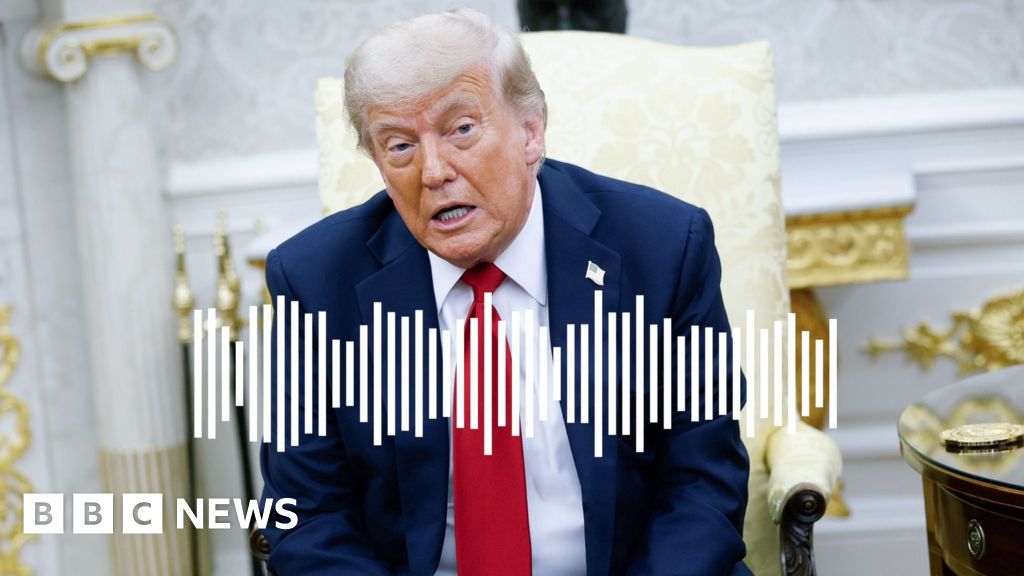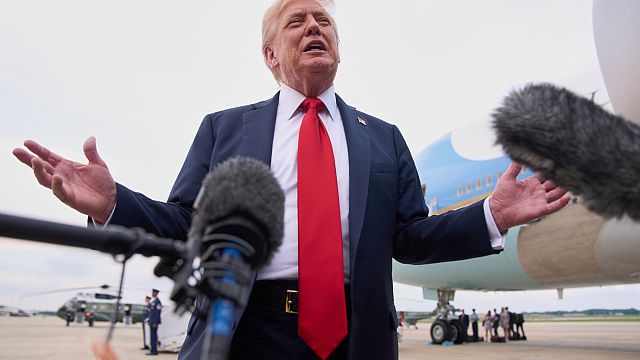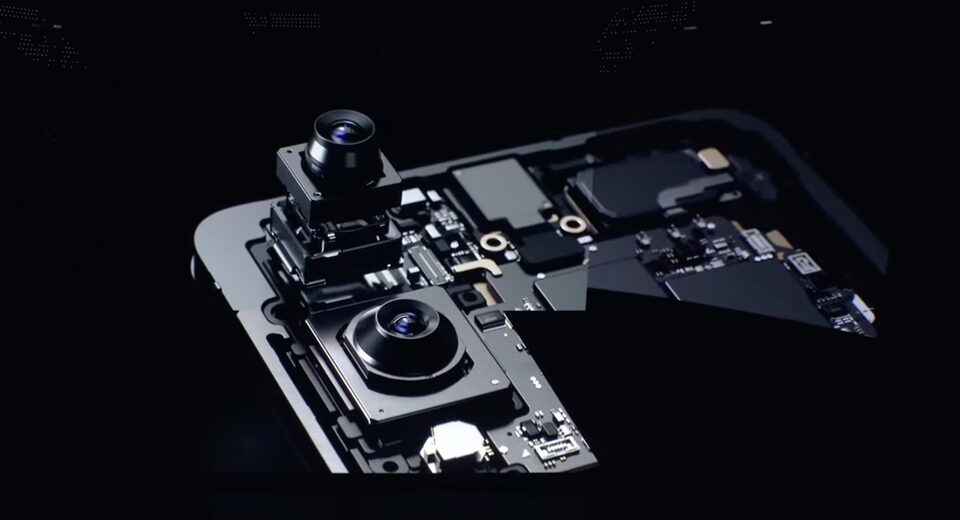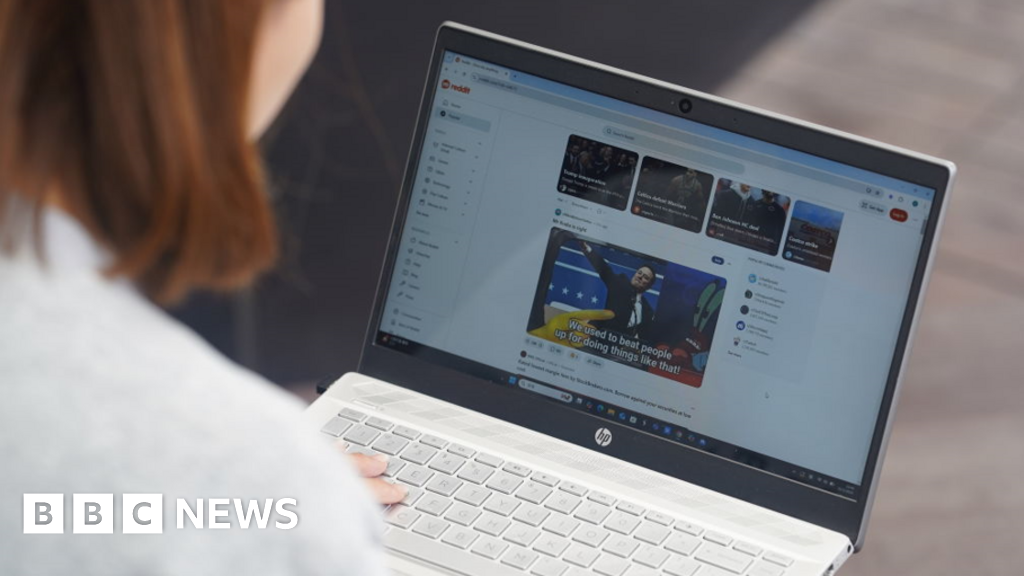What to Know About Trump’s Cuts to the Education Department


President Trump’s order to dismantle the U.S. Education Department can move forward, the Supreme Court said on Monday, but the department has already been greatly diminished.
It is now about half the size that it was when Mr. Trump took office in January.
After the department started the year with about 4,000 employees, the administration fired some probationary workers and offered early retirement to other workers. The majority of cuts came in March when the administration announced plans to fire more than 1,300 employees. Since then, Linda McMahon, the secretary of education, has rehired only several dozen.
The layoffs hit nearly every corner of the department, including the Office of Federal Student Aid, which lost several hundred workers, and the Office for Civil Rights, seven of whose 12 regional offices were shuttered.
The department has continued to pay those fired workers and, under orders from a lower court, had found temporary office space in case the government needed to rehire former employees. The department had also spent the past month reaching out to fired workers to survey who was interested in returning to work and who had found other jobs.
There is a fundamental paradox to Mr. Trump’s push to close the department.
While vowing to limit the federal government’s role in schooling, he has used the agency’s remaining staff to shake the American education system from top to bottom, investigating colleges and schools and withholding billions of dollars.
Those investigations have scrutinized policies on gender, race and student protest that have been characterized as liberal.
What does the department do?
The Education Department was founded in 1979. Its main job is distributing money to college students through grants and loans. It also sends federal money to K-12 schools, directed toward low-income and disabled students, and enforces anti-discrimination laws.
Most of the money for schools has been set aside by Congress, and federal courts have paused some of Mr. Trump’s efforts to withhold it.
Those federal dollars account for only about 10 percent of K-12 school funding nationwide. While Mr. Trump has said he wants to return power over education to the states, states and school districts already control K-12 education, which is mostly paid for with state and local tax dollars. The federal department does not control local learning standards or reading lists.
The agency does play a big role in funding and disseminating research on education, but those efforts have been significantly scaled back by the Trump administration.
It also administers tests that track whether American students are learning and how they compare with their peers in other states and countries. Some of those efforts have been scaled back, and the administration fired Peggy Carr, the longtime leader of the National Center for Education Statistics.
Can the Department of Education actually be closed?
Any effort to fully eliminate the department would have to go through Congress. Republican members would most likely hear opposition from superintendents, college presidents and other education leaders in their districts; schools in Republican regions rely on federal aid from the agency, just as schools in Democratic regions do.
“They are going to run into opposition,” said Jon Valant, an education expert at the Brookings Institution. “They have a laser-thin majority and a filibuster to confront in the Senate.”
Even if congressional Republicans stuck together to support closing the agency, Dr. Valant predicted, their constituents would protest, given the department’s role in distributing money from popular programs like Pell grants, which pay for college tuition, and IDEA, which provides support to students with disabilities.
“It’s a very hard sell,” he said.
It’s worth noting that the attempt to abolish the agency is part of a larger conservative agenda to roll back the federal role in education and direct more money toward private-school vouchers and home-schooling. The gargantuan budget bill that Mr. Trump signed this month included a sweeping tax credit to pay for private education. And Trump allies have ambitions to cut the primary federal funding stream to K-12 schools, known as Title I — although doing that, too, would most likely require action from Congress.
How much power does the department have?
Mr. Trump has not hesitated to use the agency’s powers.
The department has played a crucial role in the administration’s investigations into antisemitism accusations and gender issues on college campuses and has taken the lead on similar inquiries into K-12 schools and state education systems.
Many of those efforts are tied up in litigation, and ultimately, it may be up to the Supreme Court to decide how much power Mr. Trump has to withhold funding from education institutions.
In the meantime, the agency issues regulations on how civil rights laws apply to various groups of students, including disabled students, L.G.B.T.Q. students, racial minorities and women and girls. One of the administration’s favored strategies is to argue that when schools allow transgender students to use the bathrooms or play on the sports teams of their choice, it is a violation of girls’ rights under Title IX, a law that protects students from sex discrimination.
It has also argued that racial equity efforts discriminate against white students.
Mr. Trump has shown less interest in other elements of civil rights law. He has fired government lawyers who investigate schools that fail to provide equal access and services to children with disabilities, for example.
Currently, more than 70 percent of the department’s $224 billion annual budget goes to the federal student aid program, which has also become a frequent Republican target. Mr. Trump is seeking to restrict public-sector loan forgiveness and has said fewer students should attend four-year colleges.
The agency provides more than $90 billion in new loans to students annually, which are distributed by colleges and serviced by the federal government through private contractors. It also offers $39 billion in Pell Grants annually to low-income students, which generally do not need to be paid back. It administers the federal work-study program and gives grants to students who promise to work as teachers in hard-to-staff subjects or schools.
It has had opponents since the beginning.
Opposition to the Department of Education is today associated with Republicans. But the agency began its life with fierce opponents on both sides of the aisle.
President Jimmy Carter established the department, often known simply as Ed, in 1979, fulfilling a campaign promise to the nation’s largest teachers’ union, the National Education Association. He did so over the objections of his own presidential transition team and many in Congress — including fellow Democrats.
Some staunch liberals believed all of the issues affecting children — health care, cash welfare and education — should be handled by a single federal agency, then known as the Department of Health, Education and Welfare.
Still, over the next four decades, Ed became a part of the beltway firmament, popular with Democrats and many Republicans, too. Many of the programs Ed oversees are sources of bipartisan comity, such as funding for vocational education.
What's Your Reaction?
 Like
0
Like
0
 Dislike
0
Dislike
0
 Love
0
Love
0
 Funny
0
Funny
0
 Angry
0
Angry
0
 Sad
0
Sad
0
 Wow
0
Wow
0








































